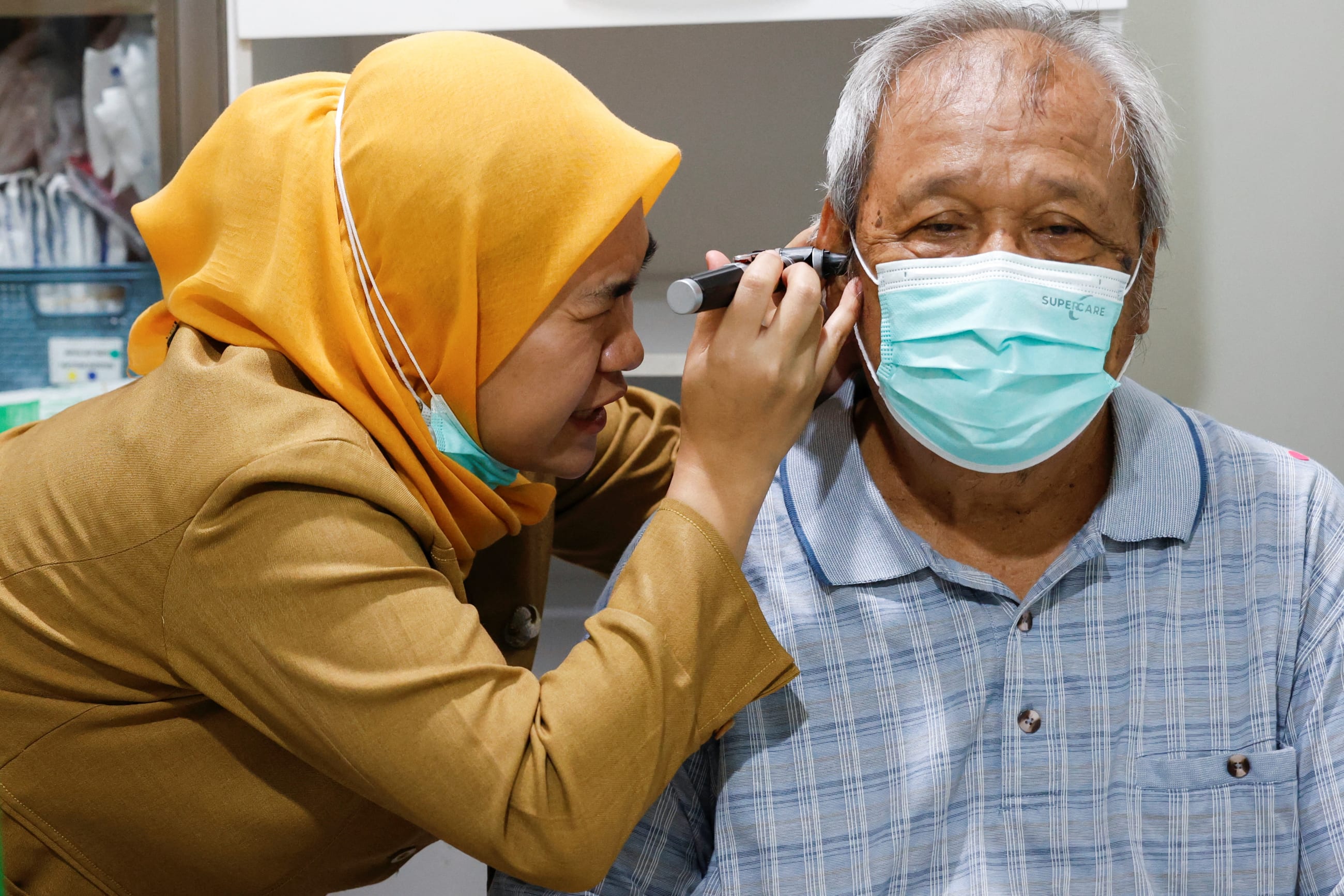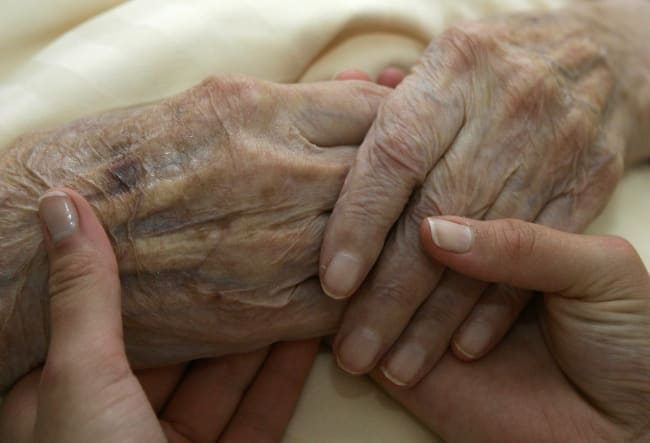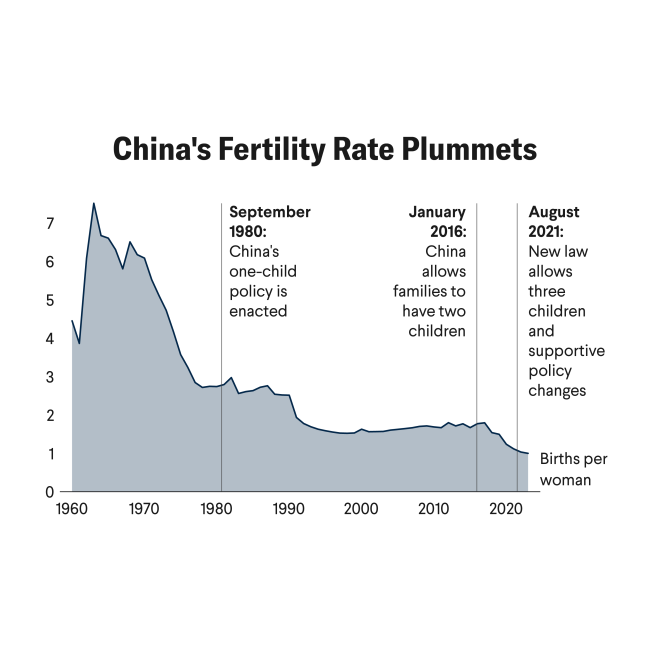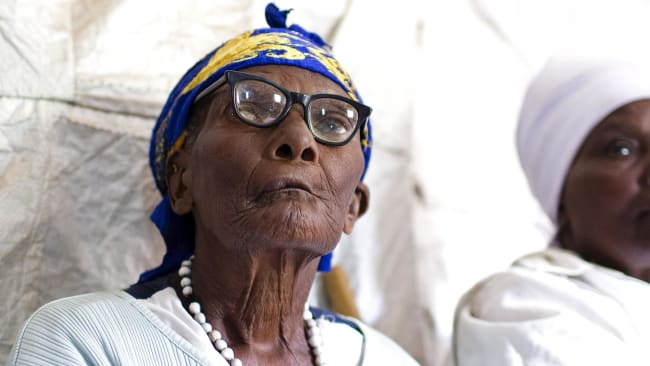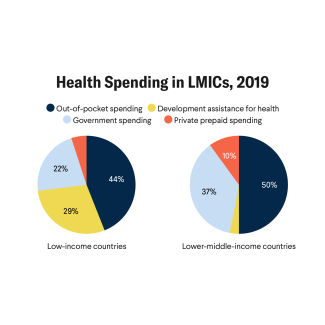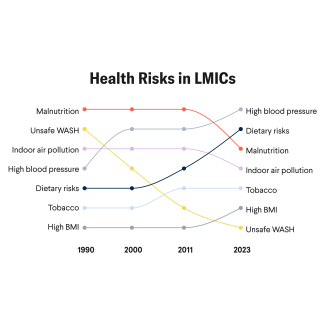At the annual World Health Assembly in Geneva in late May, leaders took stock of progress on the UN Decade of Healthy Aging 2021–2030, [PDF] also referred to as the Decade.
The United Nations' having estimated that 1.4 billion people—16.5% of the world's population—will be older than 60 by 2030, the Decade is a multiyear roadmap for academia, government, civil society, private companies, and other sectors to work together on "improving the lives of older people, their families and their communities."
To assess progress toward this goal, the World Health Organization (WHO) is tracking the growing number of countries with a national policy, strategy, or plan to support healthy aging.
Analyzing National Aging Plans
National action plans include guidelines in four main areas: combating ageism, or age-based discrimination; creating age-friendly environments; providing integrated care; and ensuring access to long-term care. In the first half of the Decade, national action plans on aging grew steadily around the globe. In the WHO's 2023 report tracking the Decade's implementation [PDF], 87% of the 111 member states that shared data reported having a national policy, strategy, or plan aligned to healthy aging, a 14% increase from 2020 [PDF].
That expansion has also led to a greater diversity of national aging plans. Five years ago, the highest proportion of plans were in the Americas, Europe, and Southeast Asia—regions experiencing the most advanced or rapid population aging. Today, national plans extend to regions with youth bulges, such as Africa, where a large population-share of individuals are age 15 to 24. That signals a growing recognition that achieving healthy aging goals requires proactive, long-term planning.
The range of initiatives presents opportunities both to understand the most effective practices and policies and to identify obstacles to progress. Multiple efforts to compile and analyze national and subnational action plans on aging are in place today, including both global and regionally focused databases.
The Database of Action Plans on Aging (DAPA) from AARP is a growing catalog and analysis of 54 national and six subnational plans that address aging around the world. Designed in collaboration with FP Analytics, the DAPA highlights best practices and replicable initiatives, analyzes strengths and gaps in policies, and summarizes key features of individual strategy documents.
Of the plans the DAPA has analyzed to date, most include a focus on health issues, such as noncommunicable disease prevention (67%) and health-care workforce development (78%). Many plans also seek to address older adults' material needs by focusing on financial security (78%), lifelong education (76%), workforce protections (73%), and age-friendly transit infrastructure (72%).
Roughly half of the world's population holds ageist attitudes
Plans analyzed also share certain gaps. Age-sensitive mental health interventions are present in only 55% of plans, despite the increasing relevance of mental health challenges for aging populations. Similarly, just over half of plans analyzed focus on combating ageism (51%), or tackling neglect, abuse, or violence (53%).
Roughly half of the world's population holds ageist attitudes, which means that ageism and elder abuse prevention require greater intervention. Humanitarian crisis response and disaster management would also benefit from greater age sensitivity: Although extreme weather events and health crises are increasing due to climate change, only 26% of plans analyzed include a focus on emergency response.
Global Exemplars in Aging
Chile's National Health Plan for Older People [PDF] and its accompanying action plan stand out as examples for other countries to emulate. As the name indicates, Chile's plan is focused on health specifically. However, it interacts with and builds on other policies targeting the broader needs of older adults, including through integrated care, in which health, social, and other care services are coordinated to support overall well-being. The plan's six priorities are clearly defined; each includes several implementation initiatives with specific goals, such as improving digital health-care access, universal immunization against influenza and COVID-19, and mental health support.
Successes to date include a 50% increase in the number of geriatric physicians between 2020 and 2023—identified in the plan as a major barrier to ensuring adequate care—and the introduction of acute geriatric care units into regional hospitals. Importantly, the plan's decade-long time frame (2020–30) allows policymakers to test and refine innovative approaches and ensures long-term integration of older adults into national policy and practice.
Costa Rica is another country with a long-standing commitment to aging policy. Its first National Plan on Aging and Old Age [PDF] ran from 2011 to 2021, and has since been replaced by an update [PDF] to cover the period from 2022 to 2033. Both plans draw from international commitments such as the Inter-American Convention on Protecting the Human Rights of Older Persons, and the 2022–33 policy was developed with the support of the UN Population Fund and the Inter-American Development Bank, as well as on consultations with older adults. The work to date has seen significant achievements, including the creation of a care program for homeless older adults as well as a significant increase in funding for homes, day centers, and residential care facilities for older adults.

In the Asia-Pacific region, a different tracking tool—the Dashboard of National Policies on Aging from the United Nations' Economic and Social Commission for Asia and the Pacific (UNESCAP)—serves as a living repository of national population aging initiatives. To support countries across the region and harness the opportunities of population aging, the dashboard showcases policies and action plans and helps UNESCAP member states draw on leading examples.
Of the 34 countries and territories covered in the dashboard, 90% have a dedicated policy on population aging or the rights of older people, and 61% have an action plan to implement the policy. A preliminary analysis shows that several countries are providing some form of access to health care for older people. The biggest gaps lie in coverage of long-term care, initiatives to provide employment for older people, and social protection.
Many Asia-Pacific countries having an older population representing more than 7% of the total as well as high-income countries such as Australia, Japan, the Republic of Korea, and Singapore, have detailed policies on population aging, including healthy aging and the rights of older people. Australia, for example, has a mechanism [PDF] for older adults to file complaints under its Age Discrimination Act. Well-resourced countries in the region also typically have stronger policies on long-term care, including financing approaches.
In a promising step, several developing countries whose populations are still relatively young have started crafting forward-looking policies on population aging. For example, since 2019, UNESCAP has supported the government of the Lao People's Democratic Republic—where 30% of the population are under 14 and only 5% are over 65—in developing a decree, policy, and action plan on older people.
In Europe, several UN Economic Commission for Europe (UNECE) member states have developed cross-cutting national strategies and action plans to address population aging. Malta, Moldova, Portugal, Romania, Serbia, and Turkey have all initiated plans just in the past two years. Although national priorities differ, the plans generally seek to foster a more inclusive society that welcomes the participation and contributions of older adults. They promote active and healthy aging through access to health and care services, lifelong learning, employment opportunities, and age-friendly environments.
The plans also address factors that enable aging with dignity, such as independent living, opportunities to age in place, protection from abuse, and income security. Specific progress has been made in addressing dementia, a leading cause of dependency and disability among older people in the European region. About a third of UNECE member states have developed dementia strategies and action plans to improve prevention and early diagnosis, raise awareness and reduce stigma, and promote dementia-friendly environments and communities.
The National Dementia Strategy of the Maltese Islands (2024–2031) is a national plan overseen by the Ministry for Health and Active Aging that seeks to reduce dementia-related stigma and discrimination and increase availability and accessibility of services for people with dementia. Sweden, meanwhile, has developed a standardized sequence of interventions and daily activities for those with dementia, providing a model for integrated health and social care in regions and municipalities. The country additionally provides funding for dementia-friendly environmental design in care homes and supports the use of assistive technology. Germany supports a large network known as Local Alliances for People with Dementia, which offers training for relatives and volunteers, and provide information and advice to make life with dementia easier.
The Next Five Years
In the second half of the Decade, national plans on aging can provide models for effective, innovative policies, as well as vehicles for increased global collaboration and cooperation. Take, for example, the United States, which has seen an exponential rise [PDF] in state-level action plans on aging even as national policies, strategies, and plans aligned to healthy aging are expanding around the world.
This rise in state-level plans in the United States signals the importance of domestic planning and highlights opportunities to leverage the lessons learned abroad for the successful development and implementation of plans at home. Indeed, surveys of older Americans finds a strong appetite for learning from aging practices and policies in other countries.
By building on today's progress for the next five years of the Decade and beyond, leaders can help ensure that older adults everywhere have opportunities to lead healthy, prosperous, and productive lives.

AUTHOR'S NOTE: The views expressed in this article are those of the author and do not necessarily reflect the views of the United Nations.
